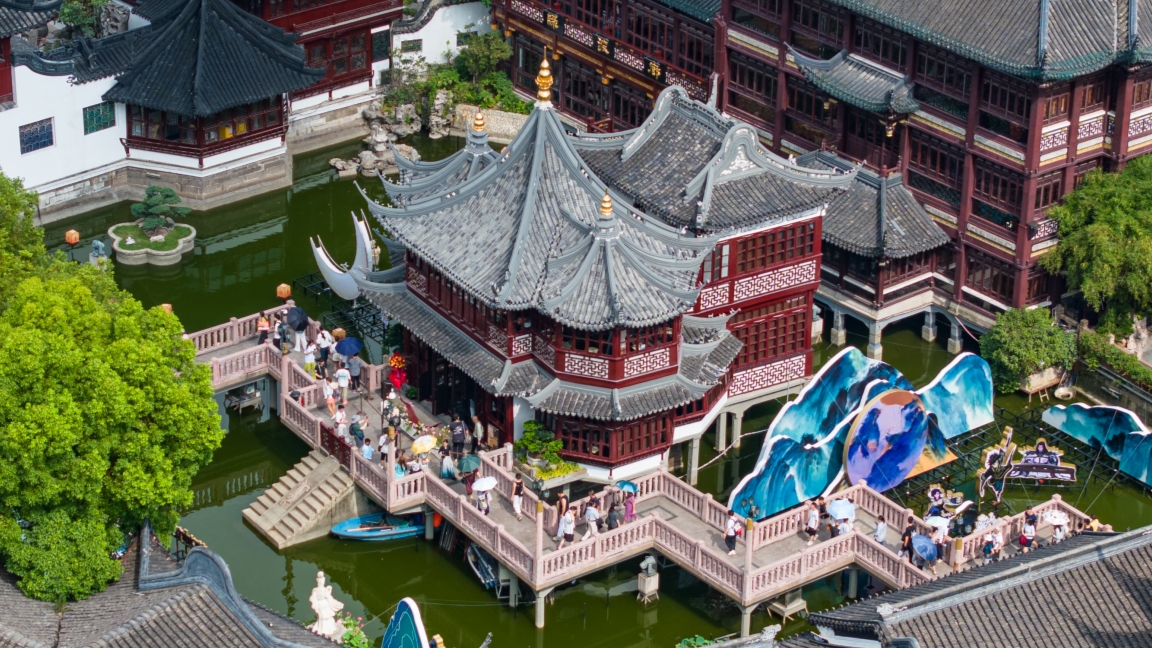
One of Shanghai's oldest tea houses, the Mid-Lake Pavilion, reopened on July 10 after nearly two years of renovation.
The historic structure sits in the middle of a pond beside the iconic Zigzag Bridge in Yuyuan Garden, one of the city's most-visited landmarks.
With over 240 years of history, the pavilion is often called "the first tea house of Shanghai." Its reopening is part of Shanghai's efforts to preserve its cultural heritage.
The pavilion's story begins in the Ming Dynasty (1368-1644). Its original form, known as the Fuyi Pavilion, was part of a private garden built by Pan Yunduan, a Ming government official. In 1784, cloth merchants rebuilt it as the pavilion. It became a commercial tea house in 1855. Writers and artists made it their meeting place. Over time, it gained a reputation as a cultural hub.

The Mid-Lake Pavilion reopens on July 10 after nearly two years of renovation.

In 1924, businessman Liu Shenkang expanded the structure, adding a new wing and a second floor. The tea house offered daily music performances and hosted elite gatherings.
The pavilion has long impressed foreign guests. Queen Elizabeth II once visited and had her own seat, still preserved today.
Chinese literary greats Ba Jin, Cao Yu and Guo Moruo also spent time here. Their presence helped link the pavilion to the city's intellectual life.
When the tea house closed in October 2023 for renovation, the challenge lied in how to fix the sagging wooden frame without destroying its original charm.
The team used a method known as "jacking and aligning." Engineers lifted and straightened warped wooden beams with steel cables and wooden braces.

Customers enjoy tea and snacks at the newly renovated pavilion.
Experts from Shanghai Jiao Tong University guided the process. They studied every wooden piece to decide what to keep and what to repair.
Another group, made up of students and faculty from the Shanghai Academy of Fine Arts, helped restore the roof decorations. They carefully molded new sculptures to match old ones using traditional tools and clay.
The interior design has been updated with a mix of history and function. The aim is to blend classical Chinese style with modern tea culture.
The ground floor offers a traditional tea service, including low-cost options. The upper level has themed rooms. One features music and poetry; another showcases traditional tea-making. There's also a special section for premium tea experiences.
"The best way to protect heritage is to keep it alive," said Professor Cao Yongkang, one of the restoration leaders. "The building now continues to tell Shanghai story."

A foreign visitor poses in front of the renovated Mid-Lake Pavilion.
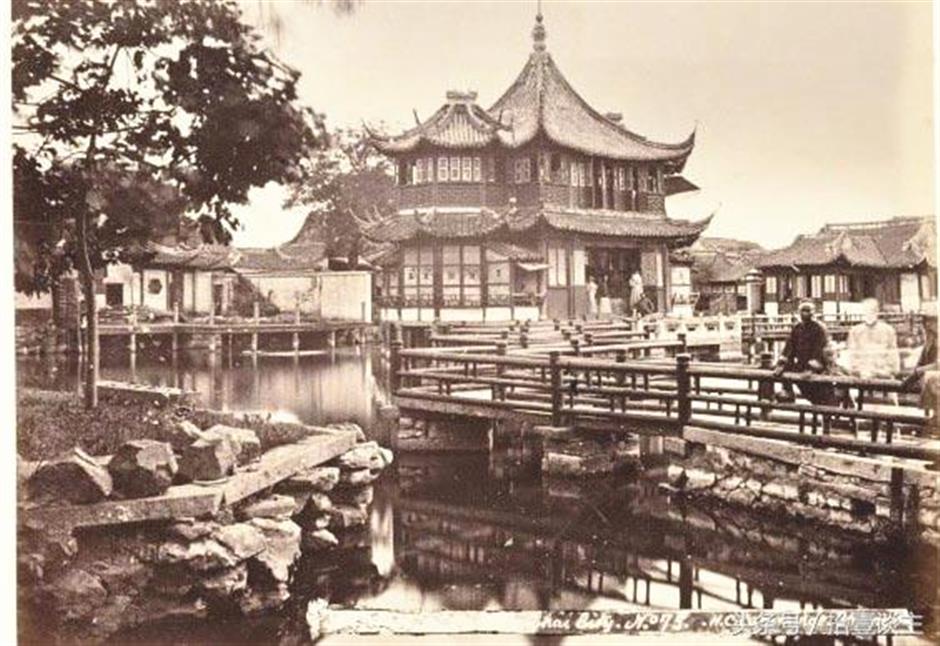
An archive photo of the Mid-Lake Pavilion in the late 19th century
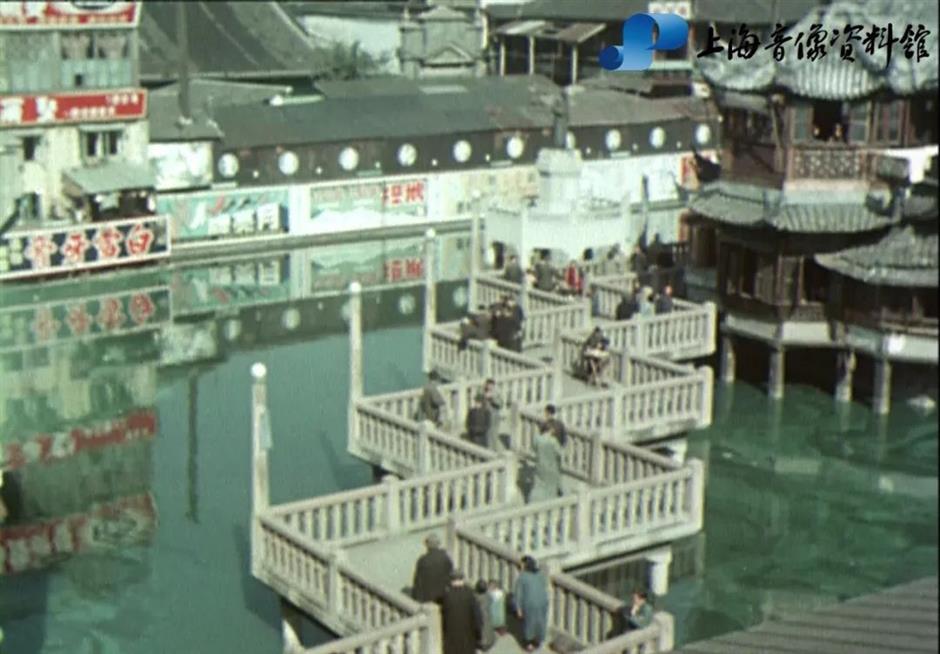
The Zigzag Bridge and the pavilion in 1949

Queen Elizabeth II visited the pavilion in 1986.
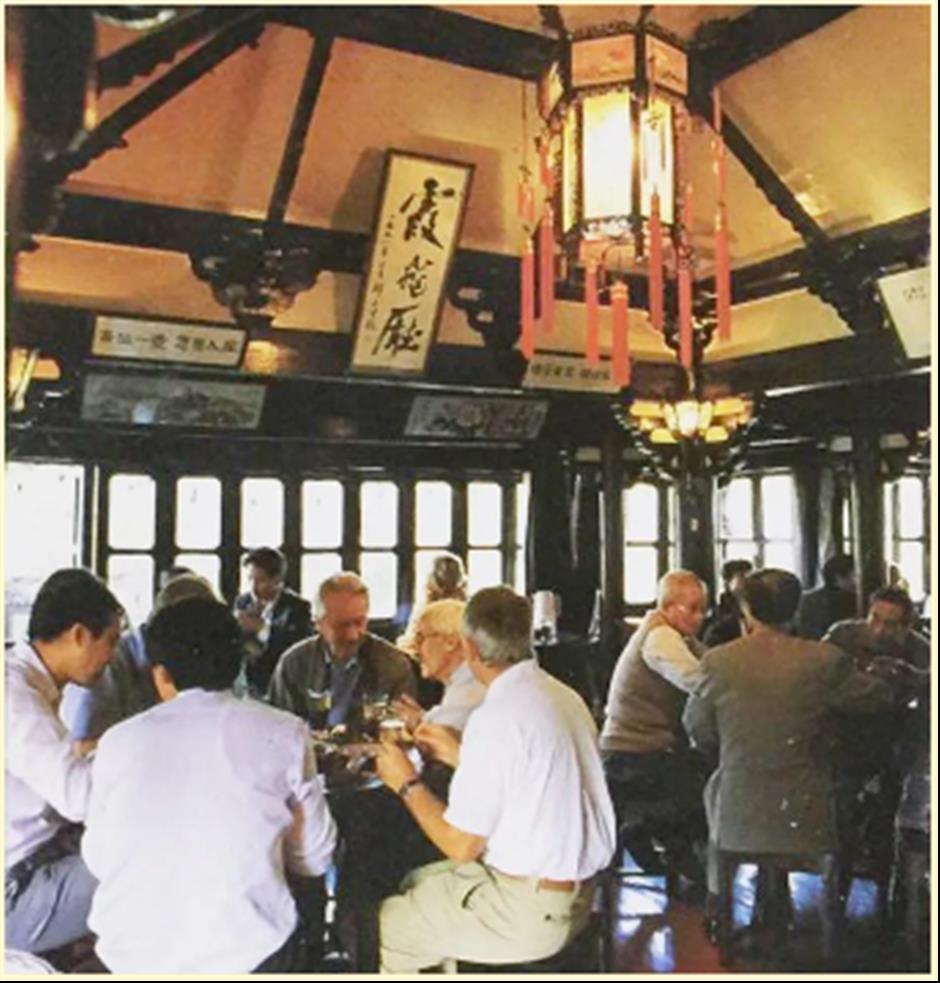
Visitors drink tea at the pavilion in the 1990s.
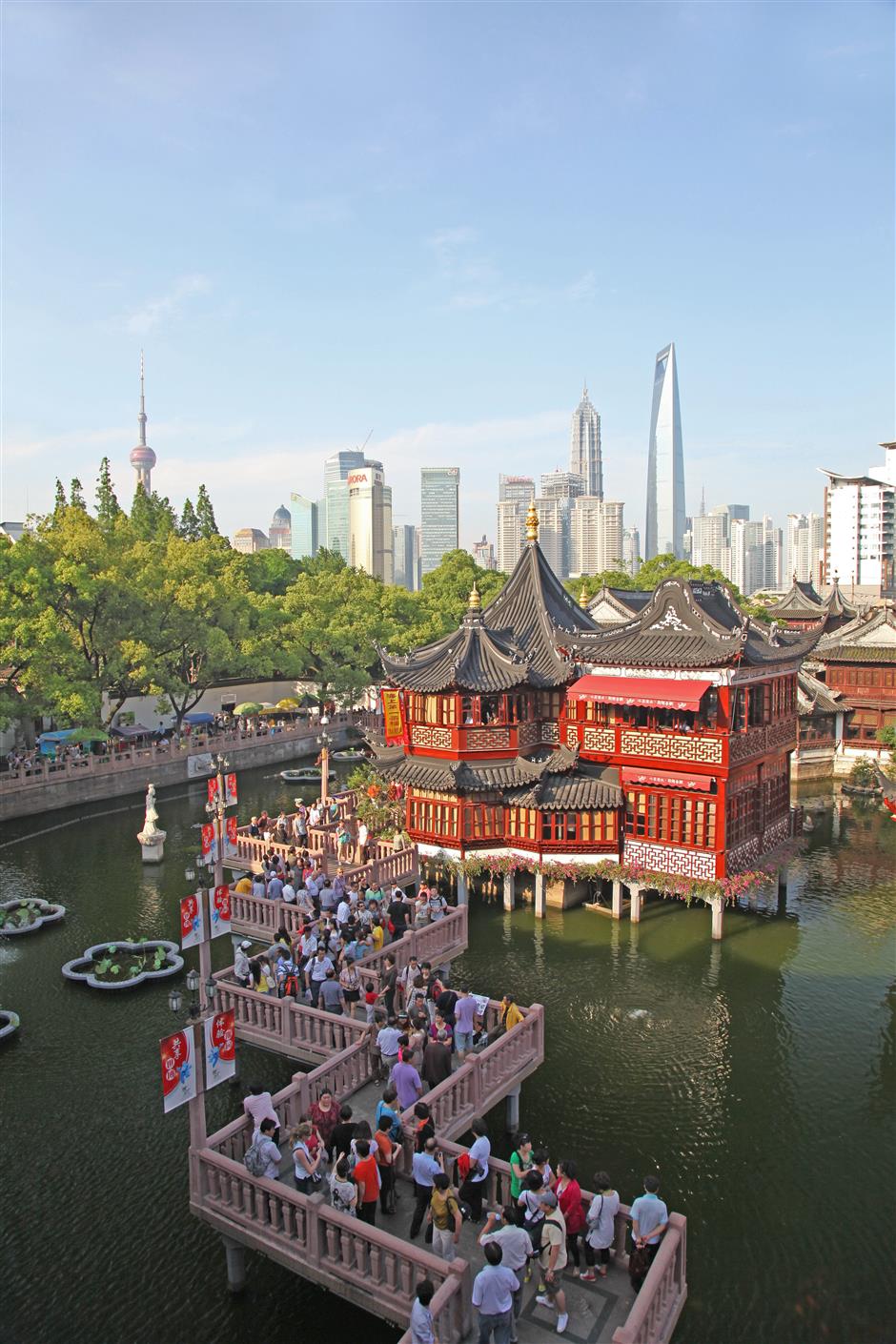
A photo of the pavilion taken in 2010

